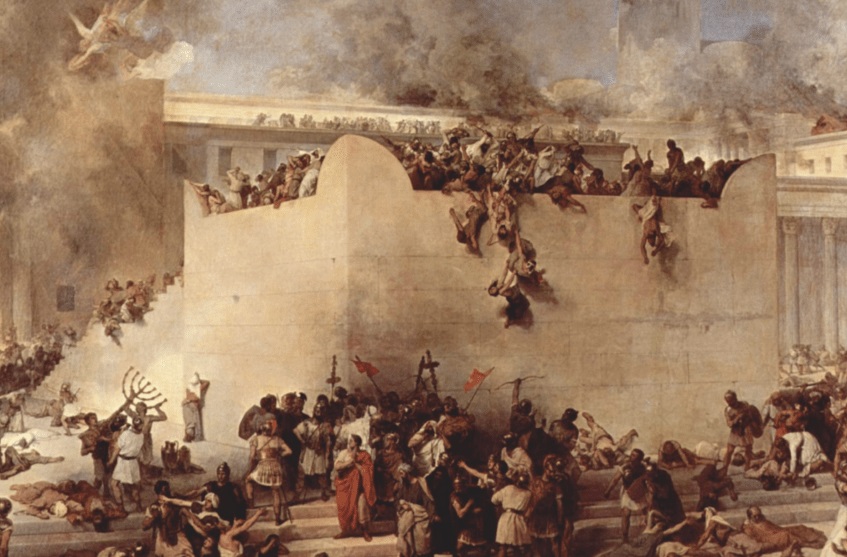New evidence has been discovered on Mount Zion that supports the biblical account of the Babylonian siege of Jerusalem.
Researchers at the University of North Carolina Mount Zion Archaeological Project announced this month they had discovered a deposit that includes layers of ash mixed with arrowheads dating from the period as well as Iron Age potsherds, lamps and a significant piece of period jewellery – a gold and silver tassel or earring.
They say it is clear evidence of the Babylonian conquest of the Jerusalem from 587-586 BCE.
The siege of Jerusalem was carried out by Nebuchadnezzar II, king of Babylon. The events are recorded in the Bible, in 2 Kings 25:
“In the ninth year of Zedekiah’s reign, on the tenth day of the tenth month, King Nebuchadnezzar of Babylon advanced against Jerusalem with his entire army. They laid siege to the city and built a siege wall against it all around. The city was under siege until King Zedekiah’s eleventh year. By the ninth day of the fourth month the famine was so severe in the city that the people of the land had no food. Then the city was broken into, and all the warriors fled by night …
The Bible records that Nebuchadnezzar’s army destroyed the city: “burning the Lord’s temple, the king’s palace and all the houses of Jerusalem” (2 Kings 25:9)
Researchers say they believe the newly found deposit can be dated to the specific event of the conquest because of the “unique mix of artefacts and materials found – pottery and lamps, side-by-side with evidence of the Babylonian siege represented by burnt wood and ashes, and a number of Scythian-type bronze and iron arrowheads which are typical of that period.”
Read the article in Eternity News.

